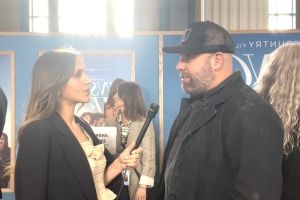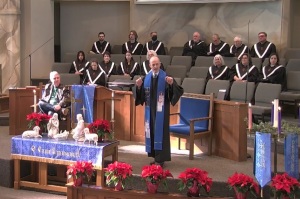Neutron Star Collision Images: Scientists Observe Cosmic Phenomenon, Uncover Origins of Gold
Scientists have announced the first known detection of gravitational waves formed by two neutron stars colliding with each other. The violent and visible event is called a kilonova.
News conferences broadcasted across continents announced the details of the discovery on Monday. A plethora of research papers were also published on the same day, detailing the celestial phenomenon, one of which had thousands of authors involved which composes 35 percent of the global astronomy community.
The discovery proves that collision of neutron stars can create gamma-ray bursts as well as heavy elements. It also confirms that gravitational waves and light can both happen at the same time.
The collision brought forth the first observable instance of a single source creating distortions in space-time also called gravitational waves, and light released as a two-second gamma-ray burst.
The observations allowed researchers to resolve debates on the origins of gold and other heavy elements. Gold and other precious metals were created by the phenomenon. All of which are scattered across space in a kilonova.
Initially, scientists believed that these metals were formed when large stars die explosive deaths. But more recent studies prove that supernovae do not expel as much.
To forge such elements, a superfluous amount of neutrons is required. The phenomena also prove that massive quantities are expelled when neutron stars explode. Astronomers observed about ten thousand Earth's worth of metals in the debris.
Moreover, the collision allowed astronomers to study gravitational waves in a new light. Though the signal only lasted for 100 seconds, scientists were able to infer that light, as well as gravitational waves, travel at similar speeds.
"Now, we can use this type of event to measure the rate of expansion of the universe," Marcelle Soares-Santos, assistant professor at Brandeis University and research associate at the Fermilab Center for Particle Astrophysics said about the discovery.




























